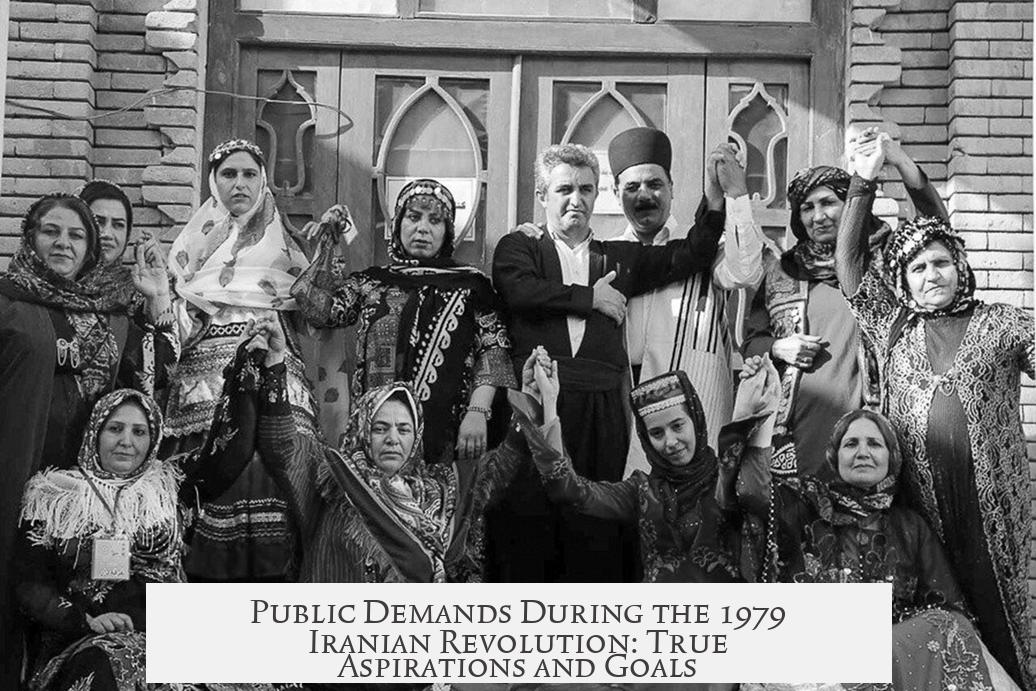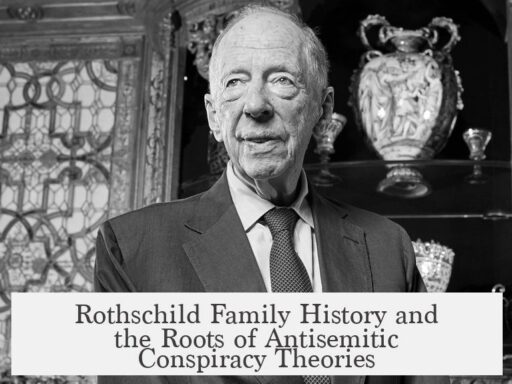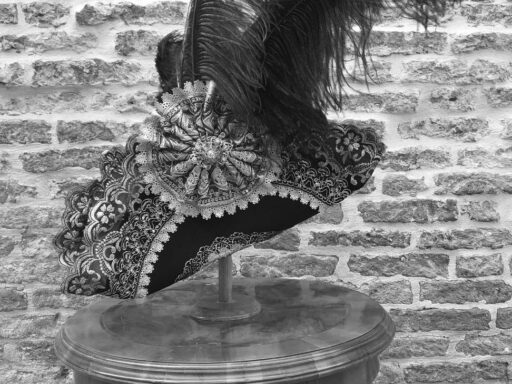The public in the Iranian Revolution of 1979 primarily wanted the removal of Shah Mohammad Reza Pahlavi. Almost everyone agreed on ending his reign, which was marked by widespread corruption, economic inequality, and Western influence. Yet, beyond the shared goal of getting rid of the Shah, the public held differing and often conflicting desires for the country’s future political direction and social structure.
Many Iranians, especially from urban middle classes, sought democratic governance reminiscent of the earlier Mossadegh era. Intellectuals and city dwellers called for political freedoms, rule of law, and modernization balanced with justice. However, a large portion of the rural poor and religious groups strongly supported Ayatollah Khomeini. The rural population resented the Shah’s Westernization policies and erosion of Islamic values. They perceived Khomeini as a leader promising a return to traditional Islamic principles.
The revolution brought together a broad coalition of Islamists, leftists, and secular democrats. However, this big-tent alliance shared a focus on removing the Shah but not on what came next. After the Shah’s ouster, clear disagreements emerged regarding Iran’s future governance. The fact that many hoped “it couldn’t get worse” showed uncertainty about post-revolution outcomes. Ultimately, Khomeini’s faction imposed its vision, establishing a theocratic state grounded in Islamic law (shari’a), overruling other political groups.
| Aspect | Public Sentiment | Details |
|---|---|---|
| Removal of Shah | Unified demand | Widespread rejection of Shah’s corruption, autocracy, and Western ties. |
| Future Governance | Differed by class | Urban middle class wanted democracy; rural poor favored Khomeini’s Islamic rule. |
| Role of Khomeini | Popular religious leader | Promised fairness and end to corruption, but methods centered on shari’a, not democracy. |
| Urban vs. Rural | Divided support | Rural areas backed Islamic Republic; urban centers were more skeptical. |
| Economic Issues | Key grievance | Wealth disparity, corruption in the Shah’s circle, neglect of rural areas. |
| Anti-Western Sentiment | Strong | Resentment due to perceived Western interference and authoritarianism. |
Khomeini’s rise was partly due to his populist message. From exile, he promised to fight corruption and bring justice. Many Iranians did not personally know him, but recognized him as a respected religious figure. His campaign in France targeted disillusioned masses, especially rural and religious voters. His promises included equality and fairness, though he avoided explaining the strict Islamic framework that would govern the country.
Economic grievances fueled the revolution. Though the Shah pushed modernization projects, benefits mainly reached a few urban centers. Many rural and poorer populations suffered shortages and poverty. The Shah’s lavish lifestyle, including opulent living and visible wealth, contrasted starkly with the public’s hardship. This economic disparity created resentment and made calls for change urgent.
Anti-Western sentiment deeply permeated revolutionary aspirations. The Shah’s regime depended heavily on Western support, particularly from the United States. Many Iranians viewed Western powers as responsible for propping up the Shah’s oppressive government. Incidents like the US granting him medical asylum and the subsequent hostage crisis hardened public opposition to the West. This fueled support for a government independent of Western influence.
The revolution highlighted a significant urban-rural divide. Urban intellectuals wanted political reform and freedoms. Rural populations valued religious authority and cultural traditions. The smaller city protests often received disproportionate attention in Western media, whereas rural areas held different views supporting the Islamic Republic. Understanding this divide is critical to grasping why the revolution did not translate into a unified vision.
After the revolution, Khomeini’s faction suppressed rival groups, consolidating power quickly and violently. The Islamists crushed leftists and secularists who had also opposed the Shah. This brutal power struggle fractured the broad coalition that had overthrown the monarchy. Many ordinary Iranians who supported revolution lacked clarity on the post-Shah future, and some later felt betrayed by the theocratic system that emerged.
- The Iranian public overwhelmingly wanted the Shah removed, uniting diverse groups against a common enemy.
- Visions for Iran’s future varied sharply; urban middle classes favored democracy, rural populations supported an Islamic government.
- Khomeini gained support as a religious leader promising justice, though his rule imposed strict Islamic law.
- Economic inequality and corruption under the Shah fueled popular discontent.
- Anti-Western sentiment shaped revolutionary goals and post-revolution governance.
- The revolution’s broad alliance dissolved into conflict as Khomeini’s forces dominated.




